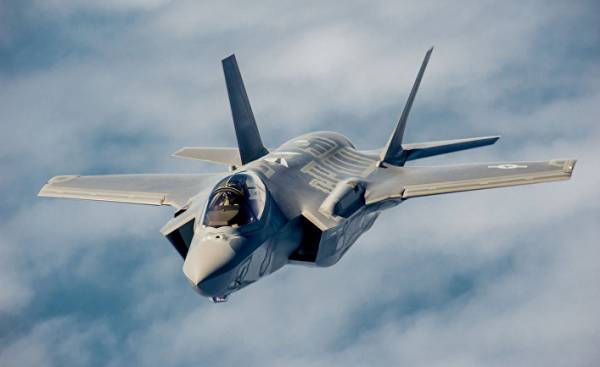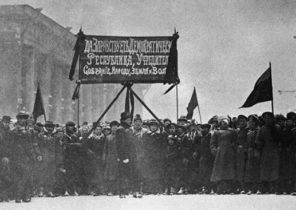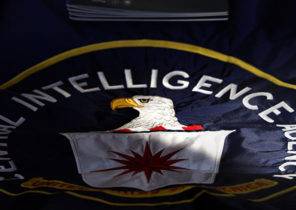
The United States is investing tens of billions of dollars in developing stealth fighters of the fifth generation like the F-22 Raptor Lockheed Martin and United strike fighter F-35. However, simple improvements in the signal processing in the presence of a powerful missile warhead and its own guidance system in the terminal phase of the trajectory may not be enough to low frequency radar and the missiles could hit the latest American aircraft.
The Pentagon and military-industrial circles it is well known that radars operating in the VHF and UHF range, able to detect and track stealth aircraft. It is believed that such radars are not able to send a missile right on target, that is, to provide high precision support. But this is not true. Some experts say that this problem can be avoided.
Usually work low-frequency radar when pointing at the target is limited by two factors. The first factor is the width of the radar beam. Second — the width of the radar pulse. But both are limiting factor can be overcome by signal processing.
Beam width is directly related to antenna design, which must be big, because low frequencies are used. The first low-frequency radar like the Soviet P-14 meter range had a huge size, and they used poluprorocheski antenna to limit the beam width. Later radar type P-18 “Terek” was applied to the antenna array type “the wave channel”. It was lighter and a bit smaller. But these first low-frequency radar has serious limitations for determining the distance and exact direction of the contact. In addition, they could not determine the height, as produced by these radars, the beams a few degrees wide in azimuth and tens of degrees wide in elevation.
Another traditional drawback of the radar at VHF and UHF-band is that the duration of the pulses have a large and the repetition rate is low. This leads to the fact that such stations cannot accurately determine the distance. A former electronic warfare officer, US air force Mike Pietrucha (Mike Pietrucha) who flew the F-4G Wild Weasel and F-15E Strike Eagle, once told me that a pulse width of 20 microseconds generates a pulse length of approximately 6 000 meters. The resolution in range from the radar is half the length of the pulse. That is, to accurately determine the range within three kilometers of it is not. Thus, if two targets are close, radar can not recognize them individually.
Signal processing has partially solved the resolution problem on the range back in the 1970-ies. The main thing here is pulse frequency modulation, which is used to compress the radar pulses. The advantage of pulse compression is that when the pulse is 20 microseconds resolution in range is reduced to about 60 meters or so. There are other ways that can be used to compress the radar pulse, for example, manipulation of the phase shift. According to Pietrucha, technology, pulse compression appeared tens of years ago, and taught officers electronic warfare air force in the 1980-ies. By modern standards, it requires negligible performance computers.
Problem resolution in azimuth and the direction of the engineers decided to establish a radar station with a phased antenna array. This has eliminated the need for a parabolic antenna. Unlike older antenna arrays with mechanical scanning radar with a phased antenna array sends its radar beams by means of electronics. Such radar can generate several rays, giving them a different width, scan frequency and other characteristics. In the late 1970-ies there was already the necessary computing power to perform this task. Over time, the combat system of the Navy “aegis”, which is installed on the guided missile cruiser of the “Ticonderoga” and destroyers of “Arleigh Burke”. But antenna active phased array antenna is still better as it provides more precision.
If the rocket is powerful enough warhead, the accuracy is not of great importance. For example, outdated for today missiles s-75 “Dvina” warhead weight is 200 kilograms, and the radius of the solid lesions greater than 30 meters. Thus, according to the theory PETROCI, the compressed pulse is 20 microseconds with a resolution in distance of 50 metres is sufficient in order to deliver the warhead close enough to the goal.
Resolution in elevation and direction should be similar with an angular resolution of approximately 0.3 degrees for the purpose at the speed of 30 nautical miles because the radar station of missile control is the only system that guides the rocket With-75. For example, if the missile is equipped with its own detection devices, for example, an infrared sensor scans over a cubic kilometer, it becomes even more dangerous for the F-22 or F-35.
Dave Majumdar is editor of the National Interest, covering military issues.







